Home>Furniture & Design>Outdoor Furniture>How Deep Should Outdoor Steps Be
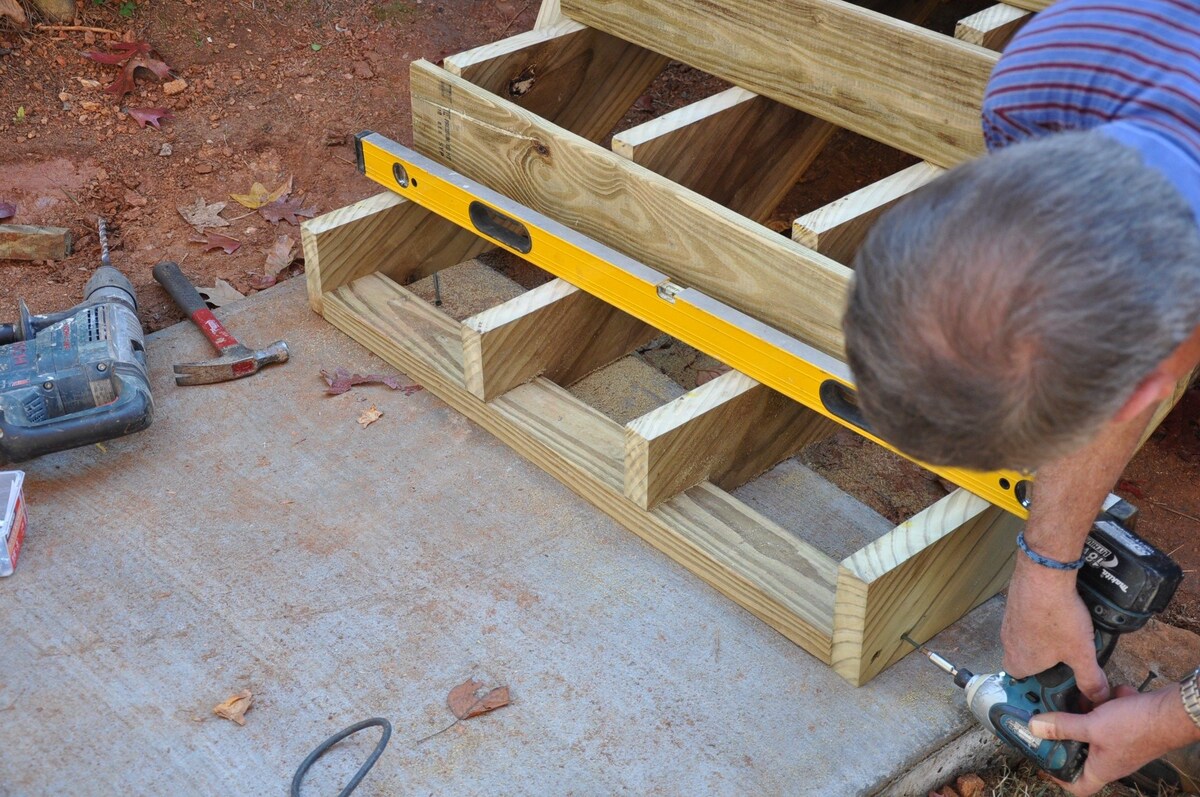

Outdoor Furniture
How Deep Should Outdoor Steps Be
Modified: January 19, 2024
Learn the ideal depth for outdoor steps to ensure safety and functionality. Get expert tips on outdoor furniture, design, and more. Discover everything you need to know!
(Many of the links in this article redirect to a specific reviewed product. Your purchase of these products through affiliate links helps to generate commission for Storables.com, at no extra cost. Learn more)
Introduction
When it comes to creating a functional and visually appealing outdoor space, the design and dimensions of outdoor steps play a crucial role. Whether you are revamping an existing outdoor staircase or planning to add a new one, understanding the optimal depth of outdoor steps is essential for ensuring safety and comfort. The depth of outdoor steps not only impacts their usability but also contributes to the overall aesthetics of the outdoor area. In this article, we will delve into the factors to consider when determining the depth of outdoor steps, the recommended depth for optimal functionality, and the common mistakes to avoid in this process. By the end, you will have a comprehensive understanding of how deep outdoor steps should be and how to achieve a harmonious balance between functionality and design in your outdoor space.
Key Takeaways:
- Outdoor steps should be 10 to 11 inches deep for a safe and comfortable walking experience, balancing natural gait and safety standards. Consistency in depth is crucial for hazard-free use.
- When designing outdoor steps, consider user comfort, building codes, design harmony, and accessibility. Avoid mistakes like inconsistent depth, non-compliance, and lack of slip-resistance for a safe and visually appealing outdoor space.
Factors to Consider
Several factors should be taken into account when determining the depth of outdoor steps. Understanding these considerations is crucial for creating steps that are not only visually appealing but also safe and comfortable to use.
- User Comfort: The comfort of the individuals using the outdoor steps is paramount. The depth of each step should allow for a natural and balanced stride, minimizing the risk of tripping or discomfort.
- Building Codes and Regulations: Compliance with local building codes and regulations is essential. These guidelines often specify the minimum and maximum depth of outdoor steps to ensure safety and accessibility.
- Overall Design and Aesthetics: The depth of outdoor steps should harmonize with the overall design of the outdoor space. It should complement the architectural style of the surroundings while maintaining visual appeal.
- Intended Use: Consider how the outdoor space will be used. If the steps will frequently accommodate heavy foot traffic or the movement of large items, the depth should be conducive to such activities.
- Environmental Factors: Take into account the climate and weather conditions in the area. Factors such as rain, snow, and ice should be considered to ensure that the steps remain safe and slip-resistant in all conditions.
- Accessibility: If the outdoor steps are part of a public or commercial space, accessibility for individuals with disabilities should be a key consideration. The depth of the steps should adhere to accessibility standards to accommodate individuals with varying mobility needs.
By carefully considering these factors, you can determine the optimal depth for outdoor steps that aligns with both functional and design requirements.
Recommended Depth for Outdoor Steps
The recommended depth for outdoor steps is a critical aspect of their design, directly influencing their usability and safety. While specific requirements may vary based on local building codes and individual preferences, a general guideline can help inform the design process.
Typically, the depth of an outdoor step, known as the tread, falls within the range of 10 to 11 inches. This range strikes a balance between accommodating a natural gait for individuals using the steps and adhering to safety standards. Steps with a depth outside of this range may lead to discomfort, instability, or an increased risk of tripping.
It is important to note that the depth of each step should remain consistent throughout the staircase to ensure a uniform and predictable walking experience. Variations in tread depth can create hazards and make the staircase less user-friendly.
When determining the exact depth within the recommended range, factors such as the average stride length of potential users, the available space for the staircase, and the overall design aesthetic should be taken into consideration. Balancing these considerations will result in outdoor steps that are both functional and visually appealing.
While the recommended depth provides a valuable starting point, consulting with a professional designer or architect can further refine the dimensions of outdoor steps to suit the specific needs and nuances of the outdoor space.
Outdoor steps should have a depth of at least 10 inches to provide a comfortable and safe walking surface. This allows for proper footing and reduces the risk of tripping or falling.
Common Mistakes to Avoid
When designing outdoor steps, several common mistakes can detract from their functionality and visual appeal. By being aware of these pitfalls, you can ensure that the outdoor steps are well-designed and safe for use.
- Inconsistent Tread Depth: Failing to maintain a consistent tread depth across all steps can lead to uneven walking patterns and increase the risk of tripping. It is essential to ensure uniformity in the depth of each step.
- Excessive or Inadequate Depth: Deviating from the recommended depth range can result in discomfort or instability for individuals using the steps. Steps that are too shallow or too deep may pose safety hazards and should be avoided.
- Ignoring Building Codes: Overlooking local building codes and regulations can result in non-compliant designs that may need to be modified or reconstructed, leading to unnecessary expenses and delays.
- Disregarding Aesthetic Harmony: Focusing solely on functionality without considering the overall design and aesthetics of the outdoor space can result in steps that appear out of place or detract from the visual appeal of the surroundings.
- Lack of Slip-Resistance: Neglecting to incorporate slip-resistant materials or treatments on the steps can pose a safety risk, especially in areas prone to rain, snow, or ice. Ensuring that the steps provide secure footing is essential for safe use.
- Insufficient Accessibility: Failing to consider accessibility standards can limit the usability of the outdoor steps for individuals with disabilities. It is important to ensure that the design accommodates diverse mobility needs.
By avoiding these common mistakes and prioritizing a balanced approach that considers safety, functionality, and aesthetics, you can create outdoor steps that enhance the overall outdoor space while providing a safe and enjoyable experience for users.
Conclusion
Designing outdoor steps with the appropriate depth is a multifaceted process that requires careful consideration of various factors. By prioritizing user comfort, compliance with building codes, cohesive design, intended use, environmental factors, and accessibility, you can create outdoor steps that are both safe and visually appealing.
The recommended depth for outdoor steps typically falls within the range of 10 to 11 inches, providing a balance between accommodating natural walking strides and adhering to safety standards. Consistency in tread depth across all steps is crucial to ensure a predictable and hazard-free walking experience.
When designing outdoor steps, it is essential to avoid common mistakes such as inconsistent tread depth, deviating from recommended depth ranges, disregarding building codes, overlooking aesthetic harmony, neglecting slip-resistance, and failing to address accessibility standards. By sidestepping these pitfalls, you can ensure that the outdoor steps are well-designed, safe, and inclusive.
Ultimately, outdoor steps should seamlessly integrate with the overall outdoor space, enhancing its functionality and visual appeal. Consulting with professionals, such as designers or architects, can further refine the dimensions and design of outdoor steps to align with the specific needs and nuances of the outdoor environment.
By combining thoughtful design with attention to safety and usability, outdoor steps can become an integral and inviting feature of any outdoor space, facilitating smooth transitions and adding to the overall charm and functionality of the area.
Frequently Asked Questions about How Deep Should Outdoor Steps Be
Was this page helpful?
At Storables.com, we guarantee accurate and reliable information. Our content, validated by Expert Board Contributors, is crafted following stringent Editorial Policies. We're committed to providing you with well-researched, expert-backed insights for all your informational needs.


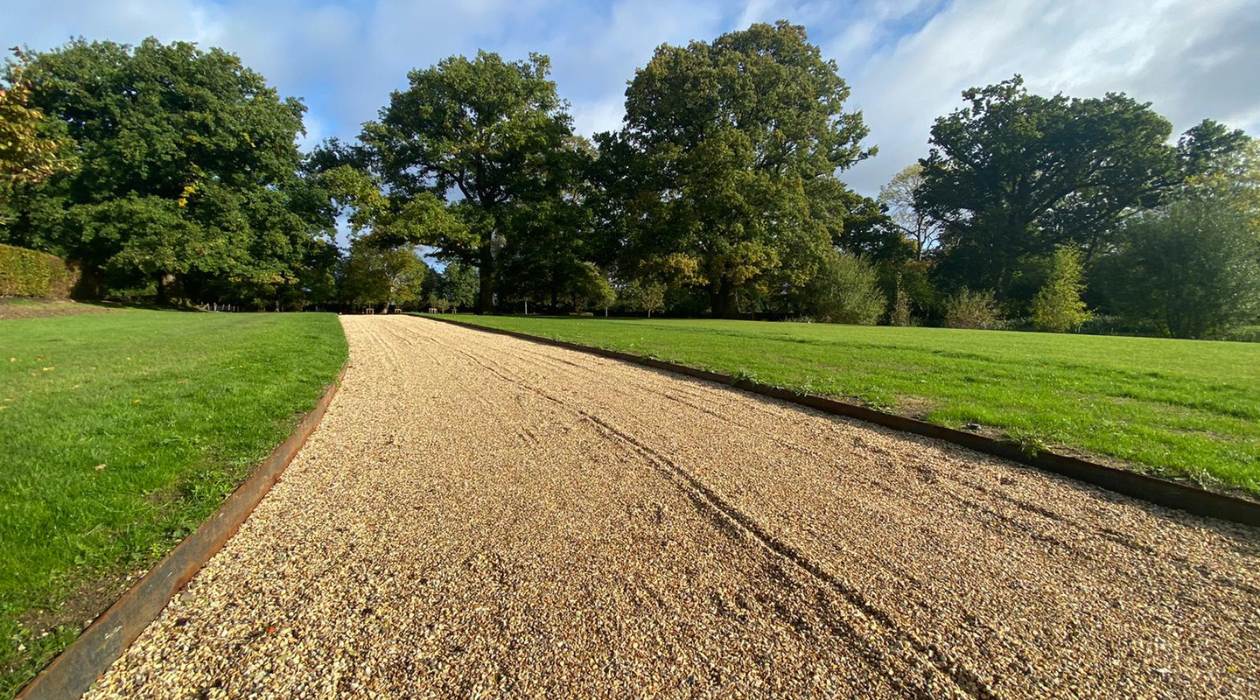

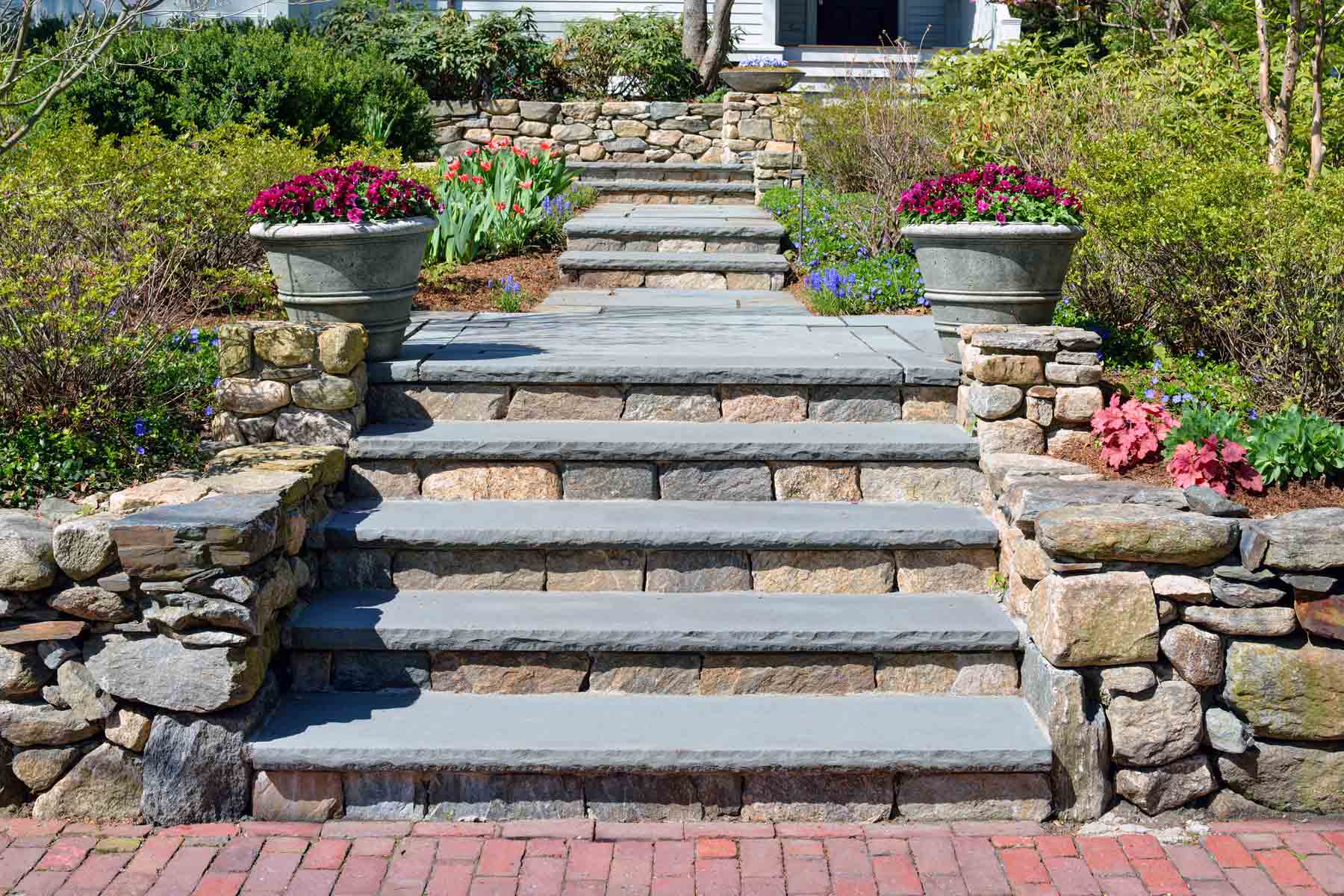
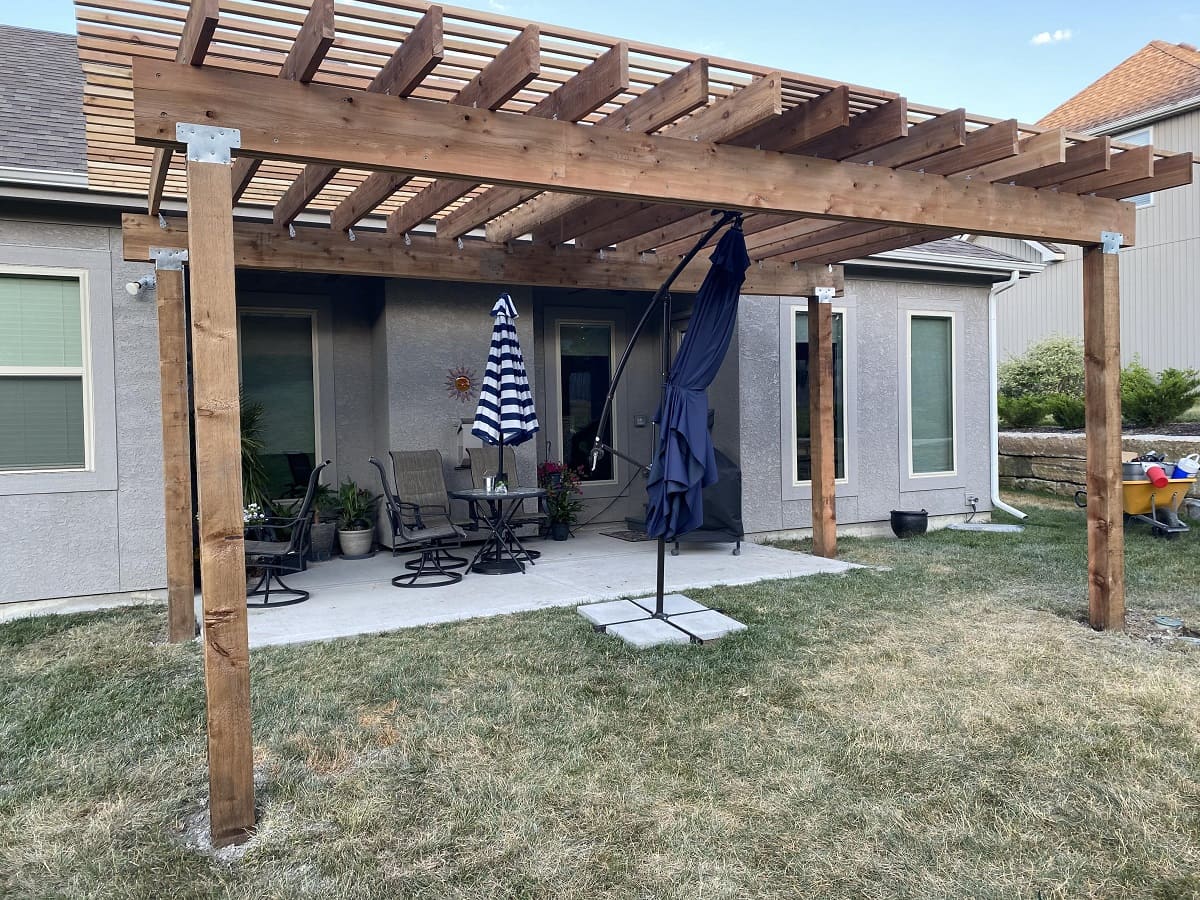

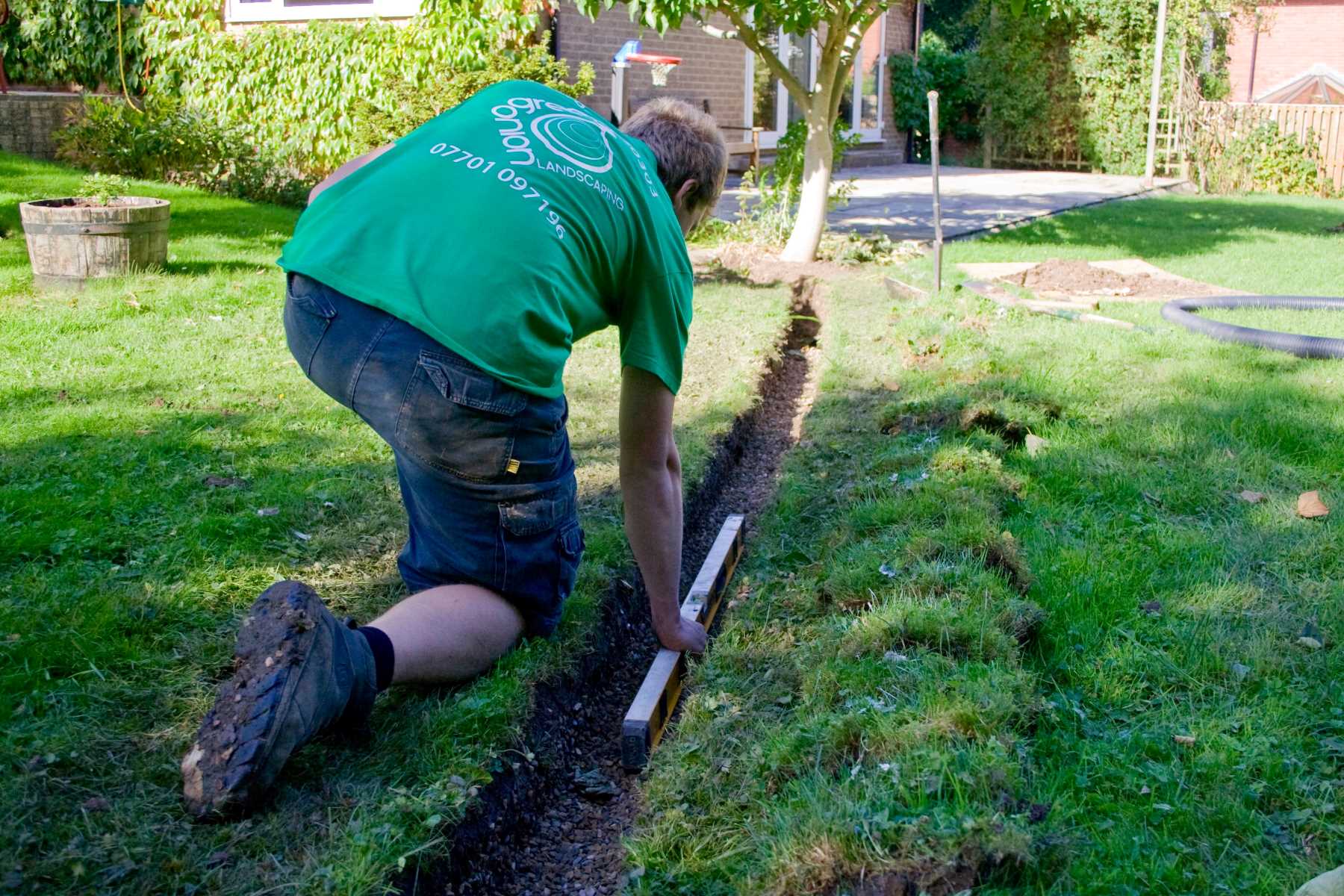
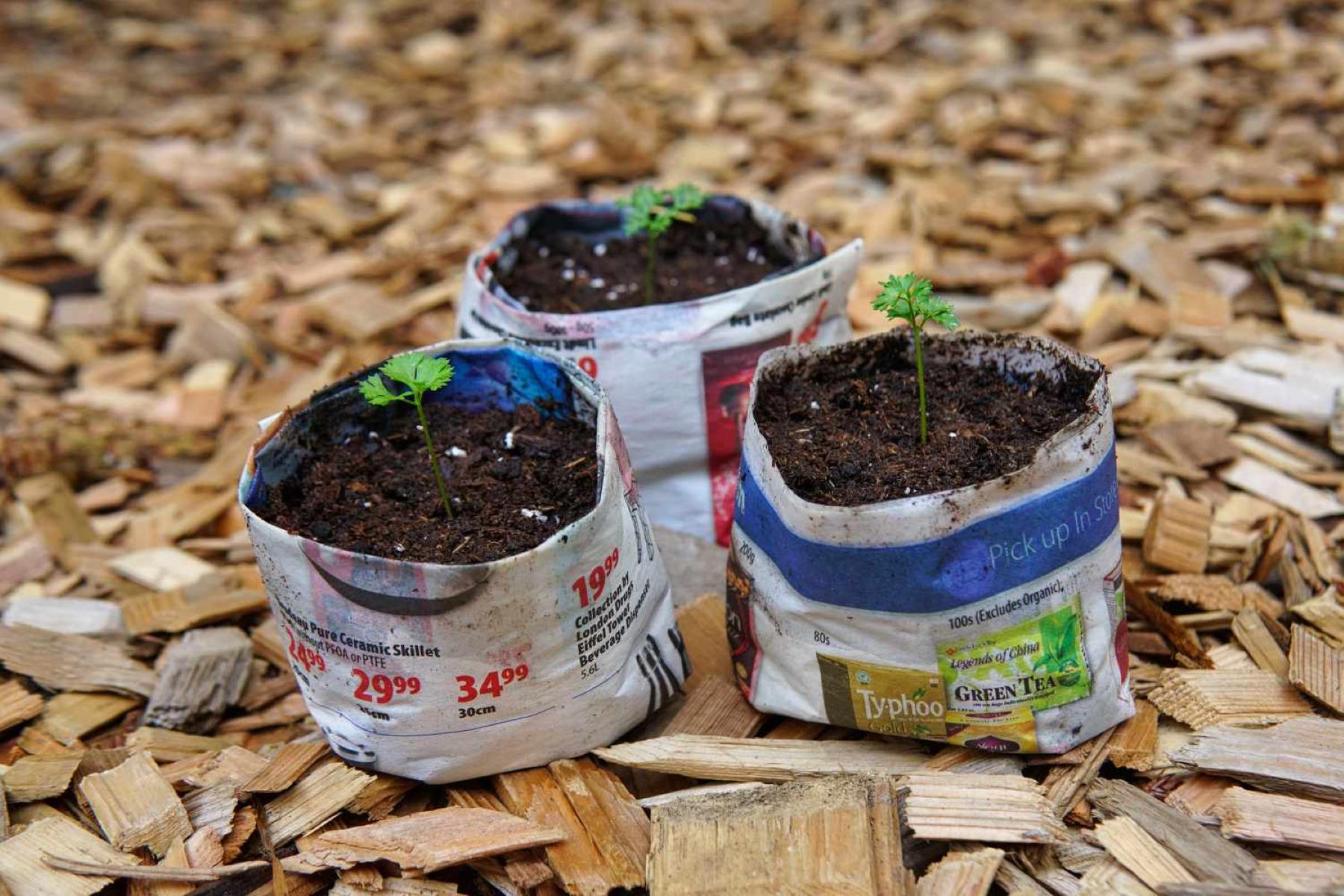


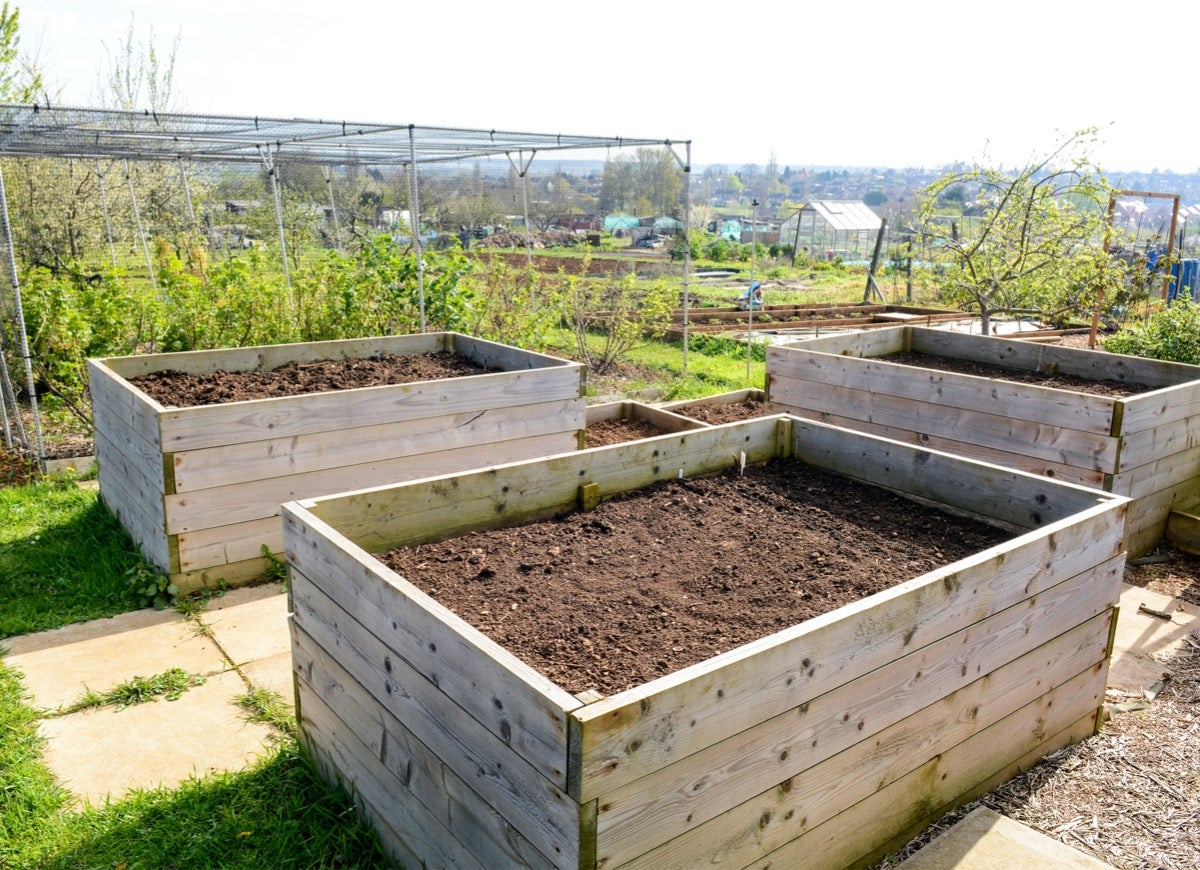
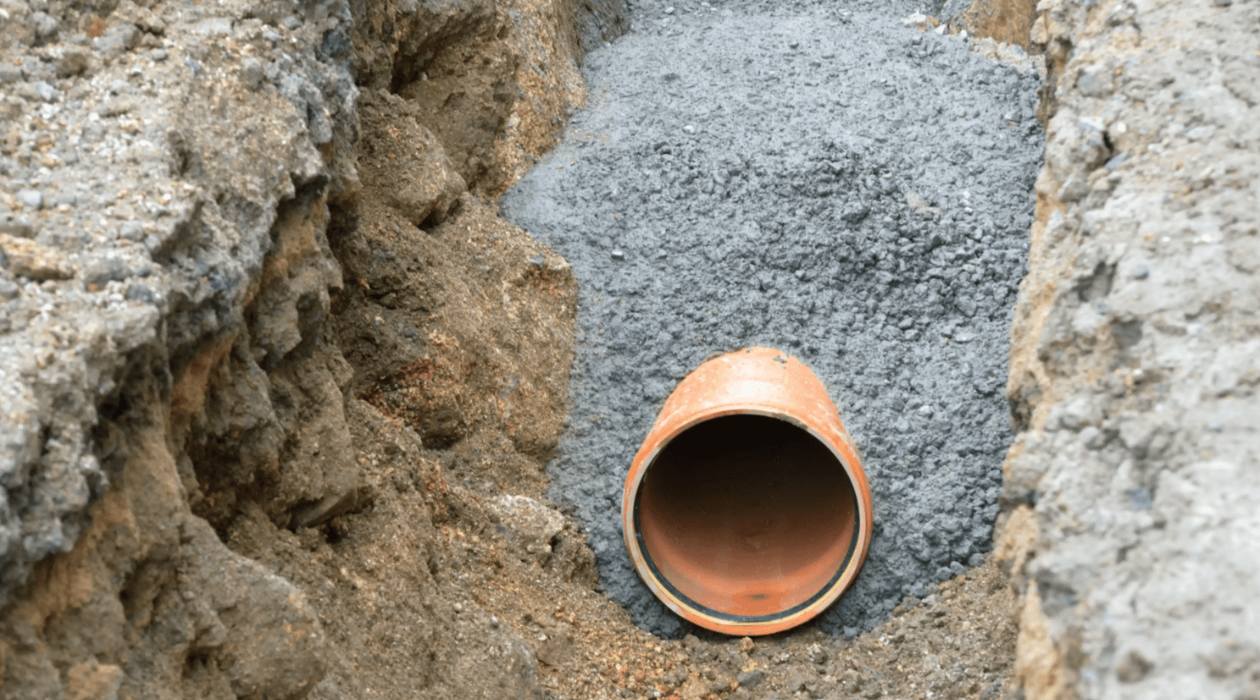
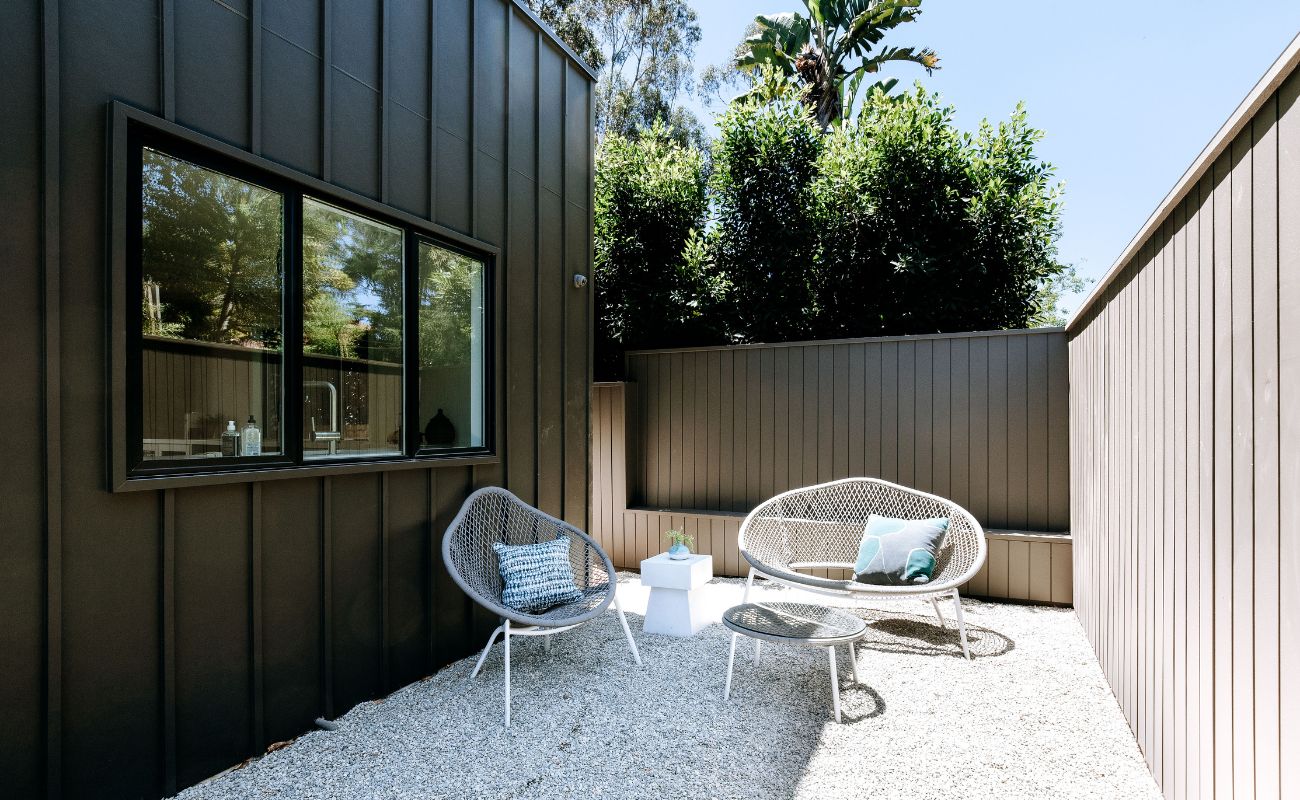
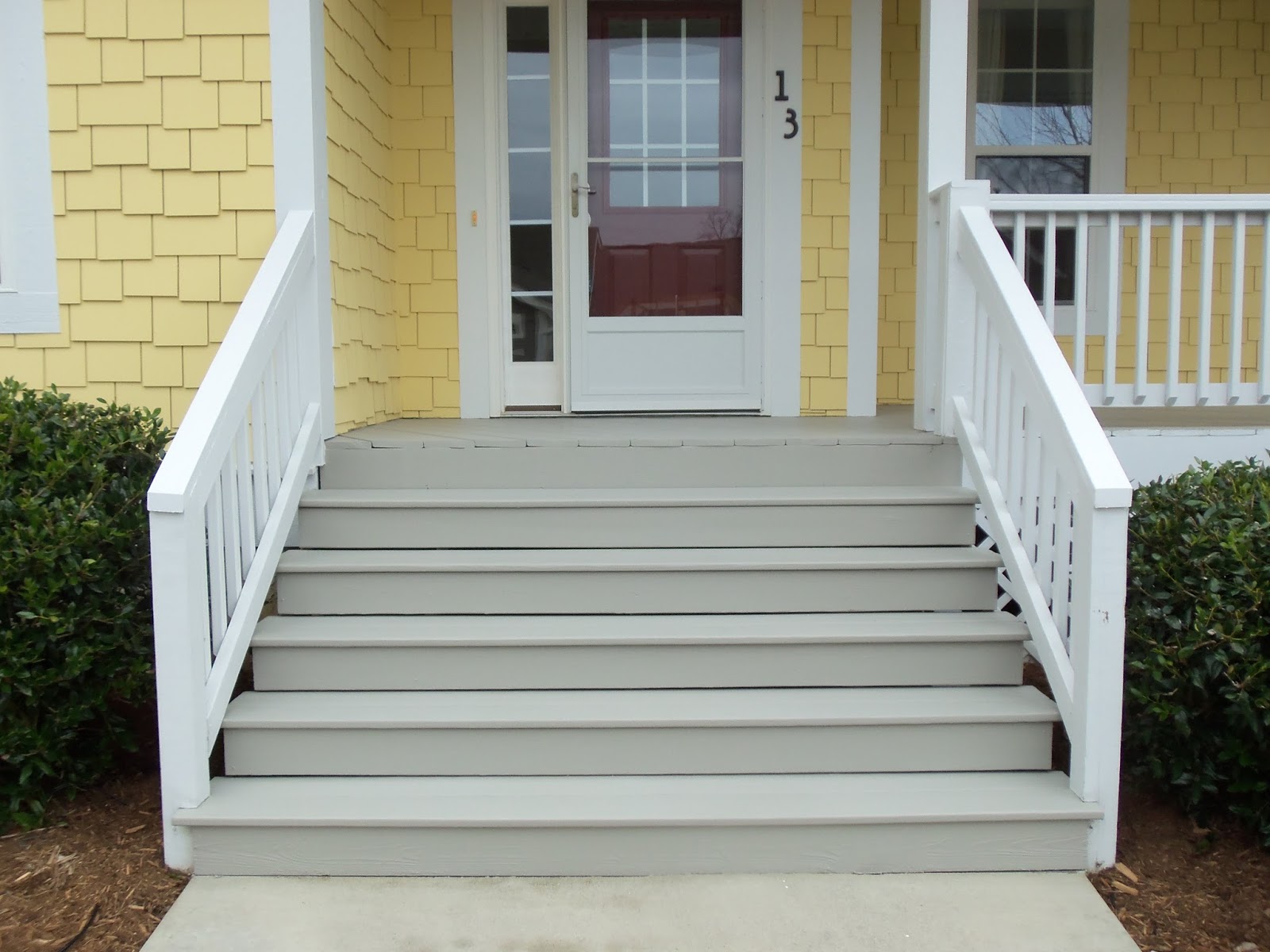

0 thoughts on “How Deep Should Outdoor Steps Be”